Printing Registration: A Key Factor in High-Quality Printing
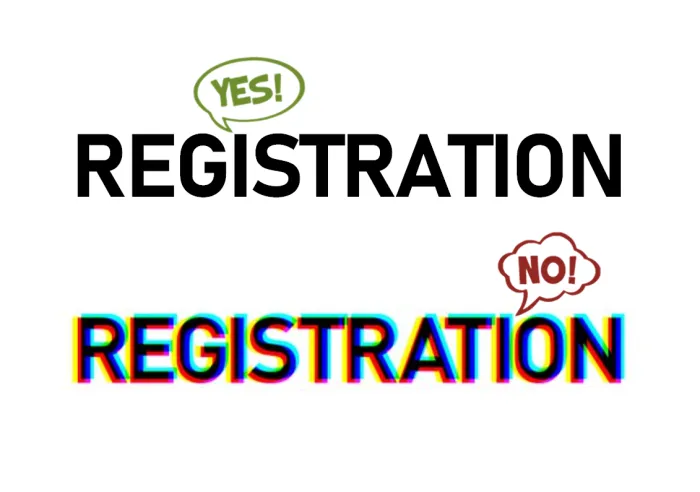
estimated reading time: 6 minutes
What is Print Registration?
In the world of printing, Registration (also known as
Register) refers to the alignment of ink colors and other elements on a printed
piece. When everything is aligned properly, the printing is said to be "In
Register." When not aligned properly, the printing is said to be "Out of
Register" or "Not in Register."
Registration is a very important factor in print production.
If the placement of ink colors is out of register, even slightly, images and text
can appear fuzzy and blurred, or exhibit a halo effect. Sometimes a sliver of
the underlying paper color will even appear where it doesn't belong if an
impression of ink doesn't provide color in the right spot.
In addition to the ink colors, design elements such as foil
stamping or embossing must also be in proper register with any printed images or
text they are intended to enhance. Even though these premium features are used
to provide an air of distinction, the finished piece will be perceived as unprofessional
and second-rate if their positioning is not in register.
Needless to say, precise registration is a prerequisite for high-quality
printing. Achieving the proper registration requires careful set-up and
calibration of the printing equipment, as well as frequent monitoring during
the production process.
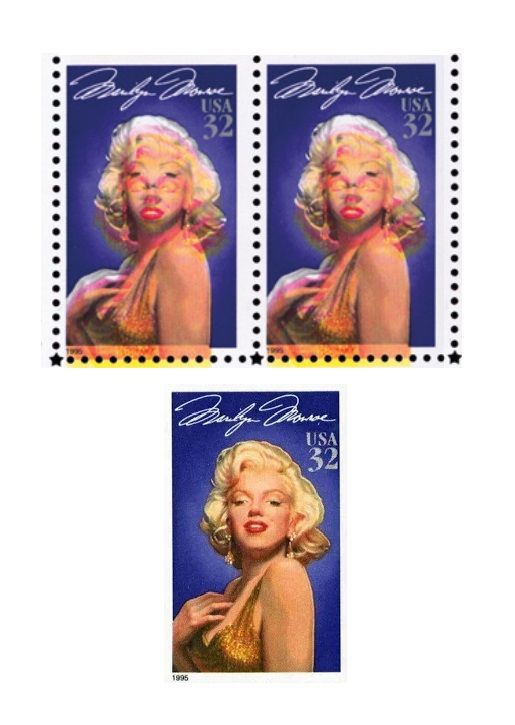
Reasons why precise Registration is so important in Printing…
Multiple Ink Colors must align with each other
CMYK printing is the industry standard for producing full-color
printing. CMYK printing uses only four ink colors - Cyan, Magenta, Yellow, and
Black. These four ink colors are applied to the paper surface as tiny dots. As
the paper travels through the press, the four colors of ink dots are applied in
successive layers to gradually build full-color images on the paper.
In order to create images that are clear and distinct, each
layer of ink dots has to be applied in the correct position relative to the other
colors. Proper registration ensures that all the ink colors align perfectly,
resulting in final images that are sharp and well-defined.
Offset presses and digital presses both use the CMYK process.
Because offset printing is a mechanical operation that requires printing plates
to make impression after impression with pinpoint accuracy, it requires
meticulous calibration to ensure the printing is clear and sharp. On the other
hand, digital printing does not use printing plates, so maintaining the proper
register of the ink colors is less of a concern.
By the way, Pantone ink colors (also known as PMS colors or
"Spot" colors) are sometimes used as standalone colors or in combination with
the CMYK ink colors. Though Pantone colors are applied as solid blocks of color
and not as dots, any time multiple ink colors are used on a print project -
whether CMYK or Pantone - the relative positioning of the ink colors needs to
be maintained.
Ink Colors must align with other Design Elements
Many print projects have various enhancements applied to the
printing surface in addition to the ink. Popular examples include foil
stamping, die-cuts, embossed or debossed areas, and spot UV applications. These
special finishing techniques are frequently used to create interest and draw
attention to printed pieces.
Of course, it is important that these enhancements are in
register with any printing that appears on the piece. For example, if an
embossing die is used to raise a printed design, it must hit the design
perfectly. Likewise, if a spot UV coating is applied over printed images or
text, it will be subject to a tight tolerance to ensure it is placed correctly.
Ink Colors and/or Design Elements must align with the Substrate
In addition to being aligned accurately with each other, the
ink colors and other design elements must be in register with the actual printing
surface. Everything should print in the location dictated by the original
artwork, not shift up or down or side to side on the sheet.
Misalignment of the rollers or other components within the
press can cause registration issues involving the paper. Fortunately, skilled press
operators, regular maintenance, and careful adjustments can rectify most paper-related
issues and return the press to high-quality production.
The Multiple Parts of Carbonless Forms must align with each other
Carbonless forms, also called NCR forms, are multi-part
forms that can be filled out by hand, or used with an impact printer or
typewriter, to create two, three, or more copies of a document. Carbonless forms
are commonly used for invoices, receipts, estimates, contracts, and other
business documents where duplicate copies are needed.
Each ply of the form is preprinted with the same layout, usually
with checkboxes and fillable fields that prompt for the required information. As
the information is imprinted on the topmost sheet, micro-capsules of dye break
open and are released onto each subsequent ply. This creates duplicate copies of
the information that was entered onto the topmost sheet.
Once filled out, each ply can be easily separated and
distributed to the relevant people or departments. Each ply is often colored
differently to distinguish them from one another.
Because the sheets are stacked together as a unit, the boxes
and fields printed on each ply have to be in perfect register with each other.
This is so the information transfers to each subsequent ply in the same relative
position as the topmost ply. Registration is important because otherwise the
subsequent parts of an out-of-register form can be difficult to interpret if the original printing on the form overlaps any of the content that was added.
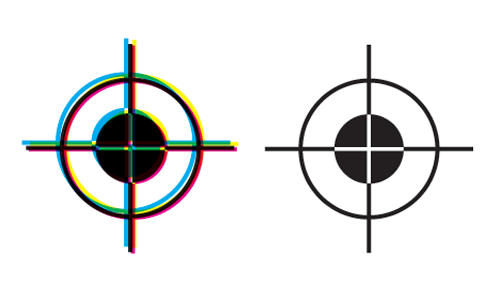
What are Registration Marks?
Registration marks are small shapes, like crosshairs, lines,
or grids, that serve as reference points to help accurately align the different
ink colors used during print production. Registration marks print on the same
sheet as the project's actual layout but are placed in areas that will be removed
during the final trimming of the printed pieces.
Just like the actual pieces being printed, registration
marks are printed in successive layers of each ink color used on the project. Each
color is printed at a concentration of 100%. In the case of CMYK printing, the registration
marks are printed using 100% Cyan, 100% Magenta, 100% Yellow and 100% Black. These
four ink colors print as four layers in the exact same spot, thus forming the
registration mark.
If the registration is set correctly, the registration mark
will appear as a sharp image in one single color - Black (this is known as
Registration Black because it uses 100% of all four CMYK colors). Conversely,
if the registration is not correct, the Cyan, Magenta, and/or Yellow ink colors
will also be visible and the press will require adjustments to bring the four inks
into register.
See the corresponding illustration for an example of a registration mark
showing the inks to be out of register as well as a registration mark showing the
inks to be in perfect register. In case you are wondering, some presses require registration
adjustments to be performed by the press operator and other presses have
built-in registration systems that can make the necessary adjustments
automatically.
Let Color Vision assist with your next Print Project!
The goal of commercial printing is to create high-quality prints
that are very visually appealing. Whether the project is a 2-color business
card or a 400-page CMYK catalog, Registration plays a vital role in the quality
of the finished product.
Since our founding in 1984, Color Vision has built
a reputation for offering quality printing at very affordable prices. We're also known for our friendly and helpful service.
As a full-service commercial printer, we can help with just about any kind of
printing need you might have.
So whether you're looking to print books, magazines, catalogs,
comic books, brochures, postcards, calendars, or any other type of custom
printing, give us a call at 800-543-6299 to discuss your project. Or, use
our simple Quote Request form to send us your specifications and we
will be happy to email a quote to you.
As always, we look forward to hearing from you
and hope to assist with your next print project!
Related Articles
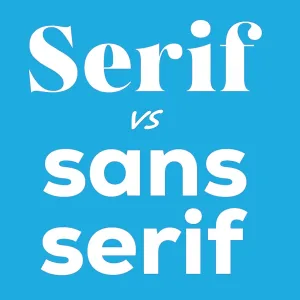
Serif vs Sans Serif Fonts: Which to use for a Print Project?
Read This Article

7 Interesting Facts you might not know about Offset Printing
Read This Article

Print Marketing: Exploring the Allure of a Soft Touch Finish
Read This Article
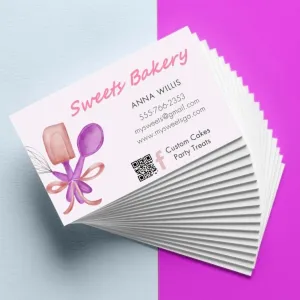
Business Card Printing: 5 Common Mistakes to Avoid
Read This Article